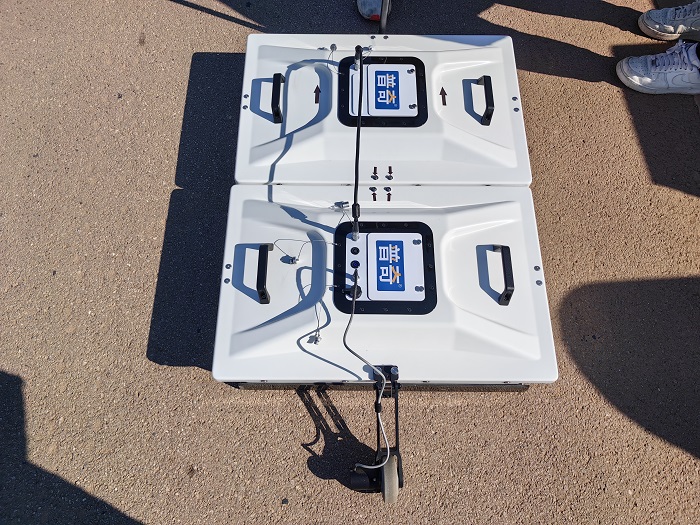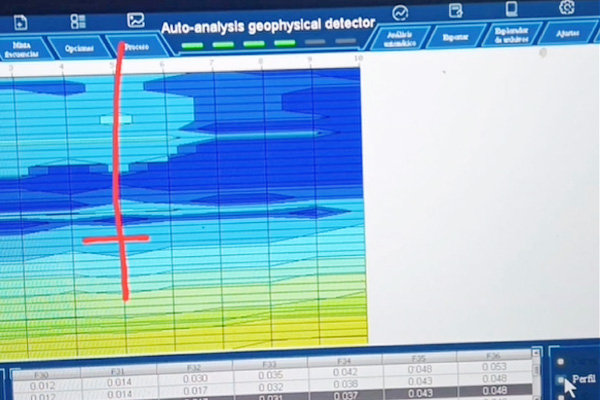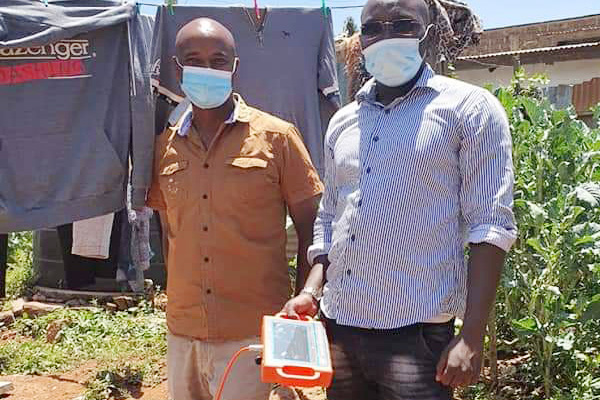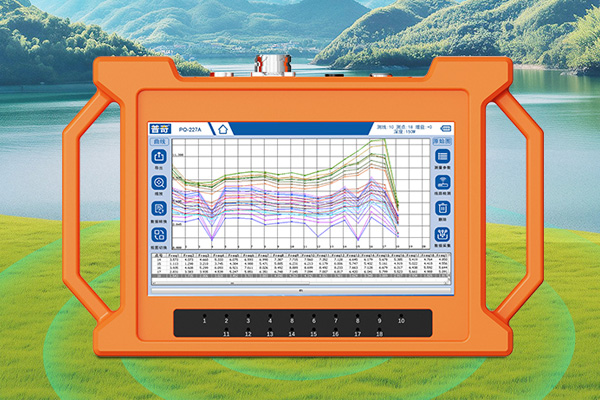Ground Penetrating Radar (GPR), also known as Geological Radar or Ground Penetrating Radar, is a geophysical method that uses high-frequency electromagnetic waves to detect underground objects and geological phenomena. It emits and receives electromagnetic waves through an antenna to reveal the spatial location, structure, shape, and burial depth of underground media. This article will provide a detailed introduction to the working principle and application of ground penetrating radar.

Working principle
Ground penetrating radar systems typically consist of a transmitting antenna, a receiving antenna, a host (main control unit), a transmitter, a receiver, and related accessories. Its working principle is based on the reflection, refraction, and transmission phenomena of electromagnetic waves at different media interfaces.
1. Transmitting electromagnetic waves: The transmitting antenna sends high-frequency electromagnetic pulses underground, with frequencies typically between 109Hz.
2. Electromagnetic wave propagation: When electromagnetic waves propagate in underground media, their path, electromagnetic field strength, and waveform will vary with the electrical properties (such as dielectric constant, conductivity, etc.) and geometric shape of the medium they pass through. When electromagnetic waves encounter interfaces with significant changes in dielectric constant, reflection, transmission, and refraction occur.
3. Receive reflected waves: The reflected electromagnetic waves are captured by the receiving antenna and converted into analyzable data. The receiving antenna usually moves synchronously with the transmitting antenna to ensure accurate recording of reflected wave information.
4. Data processing: The host records the travel time (round-trip travel time), amplitude, and waveform data of the reflected wave, and forms a scanning image of the entire cross-section through signal processing technology. These data can be processed to construct images of underground structures, revealing the location and characteristics of underground objects.
Application Fields
Ground penetrating radar has been widely used in multiple fields due to its high efficiency, non-destructive, and high-resolution characteristics
1. Engineering inspection: Ground penetrating radar can be used to detect the composition and structure of materials such as concrete, bricks, asphalt, etc., and determine the location of underground buried parts such as metal or non-metal pipelines, sewers, cables, etc. It can also detect the depth and thickness of different rock layers, providing important basis for engineering design and construction.
2. Archaeological exploration: Ground penetrating radar plays an important role in archaeological exploration. It can reveal the location and distribution of underground cultural relics such as ancient ruins and tombs, providing accurate guidance for archaeological excavations.
3. Environmental monitoring: Ground penetrating radar can be used to monitor environmental issues such as groundwater and soil pollution. By detecting the electrical differences in underground media, the distribution and flow of groundwater, as well as the distribution of pollutants in soil, can be evaluated.
4. Agricultural applications: In the field of agriculture, ground penetrating radar can be used to estimate the effective soil layer thickness and profile structure of soil. By detecting parameters such as dielectric constant and moisture content in soil, the fertility and moisture status of the soil can be evaluated, providing scientific basis for agricultural production.
Development Trends
With the continuous development of technology, the application fields of ground penetrating radar are also constantly expanding. At present, 3D radar exploration technology has become the trend and direction of archaeological and geophysical applications. By using efficient collection devices such as SMARTCART (small cart), fast mobile collection can be achieved, greatly improving the efficiency of 3D data acquisition. In addition, the comprehensive application of ground penetrating radar and other geophysical methods will also become a future development direction to improve the accuracy and reliability of detection.
Ground penetrating radar, as an efficient, non-destructive, and high-resolution geophysical detection method, plays an important role in multiple fields. With the continuous advancement of technology and the expansion of application fields, ground penetrating radar will make greater contributions to the sustainable development of human society.








